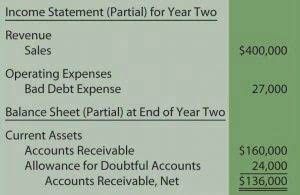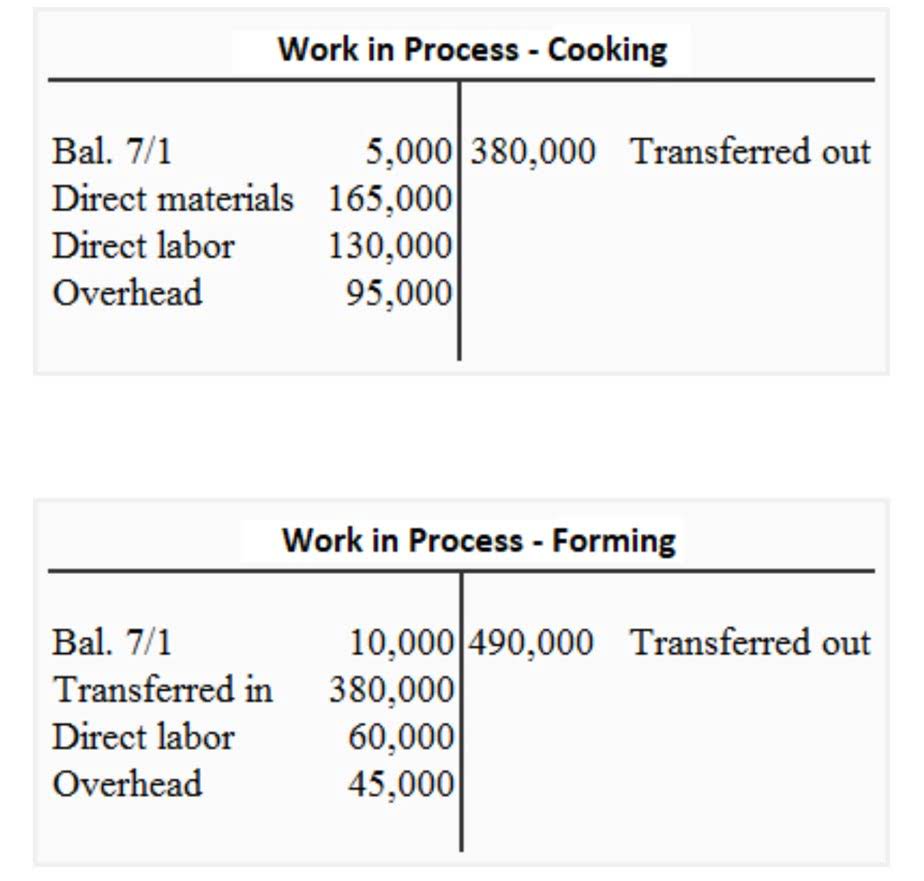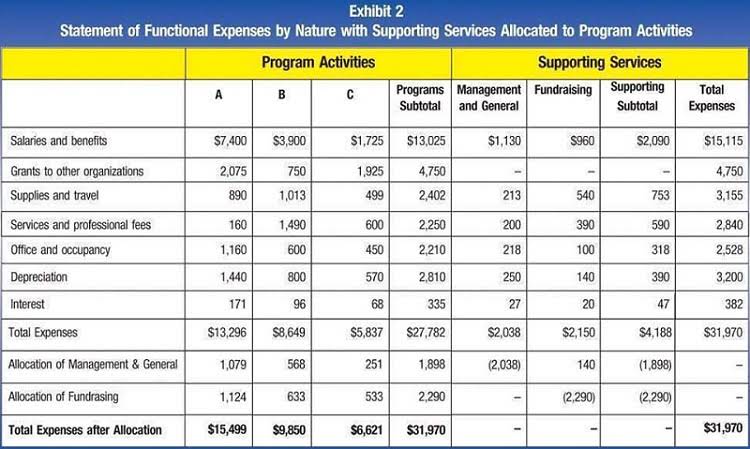Comprehensive Income in Financial Reporting

Expenses and losses are deducted from revenues and gains to arrive at net income. The term single-step comes from the single subtraction that is needed to arrive at net income, before discontinued operations. Income tax expense is usually reported separately as the last item before net income, before discontinued operations, to show its relationship to income before income tax. The statement of cash flows (or cash flow statement) is one of the main financial statements (along with the income statement and balance sheet). The statement of cash flows reports the sources and uses of cash by operating activities, investing activities, financing activities, unearned revenue and certain supplemental information for the period specified in the heading of the statement. The balance sheet, which is also known as the statement of financial position, reports a corporation’s assets, liabilities, and stockholders’ equity account balances as of a point in time.

Share This…
As previously stated, net income is a measure of return on capital and, hence, of performance. This means that investors and creditors can often estimate the company’s future earnings and profitability based on an evaluation of its past performance as reported in net income. Comparing a company’s current performance with its past performance creates trends that can have a predictive, though not guaranteed, value about future earnings performance. Additionally, comparing a company’s performance with industry standards helps to assess the risks of not achieving goals compared to competitor companies in the same industry sector. Comprehensive income is the change in the value of equity that stems from non-owner and traditional income sources. Put simply, it is the sum of a company’s net income and other comprehensive income over a certain time.
Working Capital and Current Ratio
It includes all revenue and expenditure resources, as well as taxes and interest charges. The net income is transferred down to the CI statement and adjusted for the non-owner transactions we listed above to compute the total CI for the period. This number is then transferred to the balance sheet as accumulated other comprehensive income. Items recorded on the balance sheet at historical cost rarely reflect the actual value of the assets. Since the company hasn’t sold these items and earned additional revenue from them, we can’t record additional income on the balance sheet and must keep the value listed at the purchase price.
- This combination provides a more accurate representation of the company’s profit.
- This section outlines how to present this statement effectively, the necessary disclosures, and common pitfalls to avoid.
- IFRS do not prescribe the exact format of the Statement of comprehensive income but it can be obtained from IFRS Taxonomy.
- The shares of common stock of the parent corporation are often traded on a major stock exchange.
- It is a more robust document that often is used by large corporations with investments in multiple countries.
- The carrying amount of deferred tax assets is reviewed at each reporting date and is adjusted to reflect the current assessment of future taxable profits.
Other Information Pertaining to Financial Statements
Income tax expense represents the sum of the tax currently payable and deferred tax. Any held investment classified as available for sale, which is not intended to be held until maturity, and isn’t a loan or a receivable, may be recognized as other comprehensive income. IFRS do not prescribe the exact format of the Statement of comprehensive income but it can be obtained from IFRS Taxonomy. Just that official format is built into the ReadyRatios analytical software. Others use the term to mean the percentage of gross profit dollars divided by net sales dollars.
What Should Be Included in a Statement of Comprehensive Income?
- If the florist receives only $1,300 the income statement will report a loss on sale of assets of $200.
- A typical layout for a statement of comprehensive income for a business is shown in the example below.
- Only by recognising the effective gain or loss in OCI and allowing it to be reclassified from equity to SOPL can users to see the results of the hedging relationship.
- A variation that occurs in a company’s net assets from non-owner sources during a specific period is known as a comprehensive income.
- It also means that expenses and liabilities will be reported on the financial statements when they occur (as opposed to reporting expenses when the corporation remits payment).
- Even though the income statement is the primary indicator of profitability, other comprehensive income or losses increase the transparency and reliability of financial reporting.
- In this article, we’ll cover how to present the statement of comprehensive income.
Corporate income can be broken down in a multitude of ways, which can mislead interested parties. However, when Cris sells the shares, it becomes earned income and is added to the income statement. Cris, a small business owner, earned good money from his shop and invested $1000, in an oil company named Reliance. Initially, this invested money doesn’t reflect in the income statement because it is unearned income.


Operating income, also known as operating profit or earnings before interest and taxes (EBIT), represents the profit from a company’s core business operations. It is calculated by subtracting operating expenses, including the cost of goods sold (COGS), selling, general and administrative expenses (SG&A), depreciation, and amortization, from the total revenue. Operating income is a crucial line item as it reflects the company’s efficiency in its core business operations and its ability to generate profit from its primary activities. The Statement of Comprehensive Income comprises several key elements and line items that provide a detailed view of a company’s financial performance over a period. These elements include operating income, non-operating income, Other Comprehensive Income (OCI), and the tax impact on OCI. The income statement is one of the financial statements that statement of comprehensive income companies publish.

Next period (when it is earned) a Cash Flow Management for Small Businesses journal entry will be made to debit the liability account and to credit a revenue account. Insurance Expense, Wages Expense, Advertising Expense, Interest Expense are expenses matched with the period of time in the heading of the income statement. Under the accrual basis of accounting, the matching is NOT based on the date that the expenses are paid. Since the corporation’s shares of stock are publicly traded, the consolidated financial statements must be audited by a registered firm of independent certified public accountants. Some corporations may be required to have their external financial statements audited. This requires independent certified public accountants to provide assurance that the financial statements present fairly the financial position, results of operations, and cash flows of the corporation according to US GAAP.




